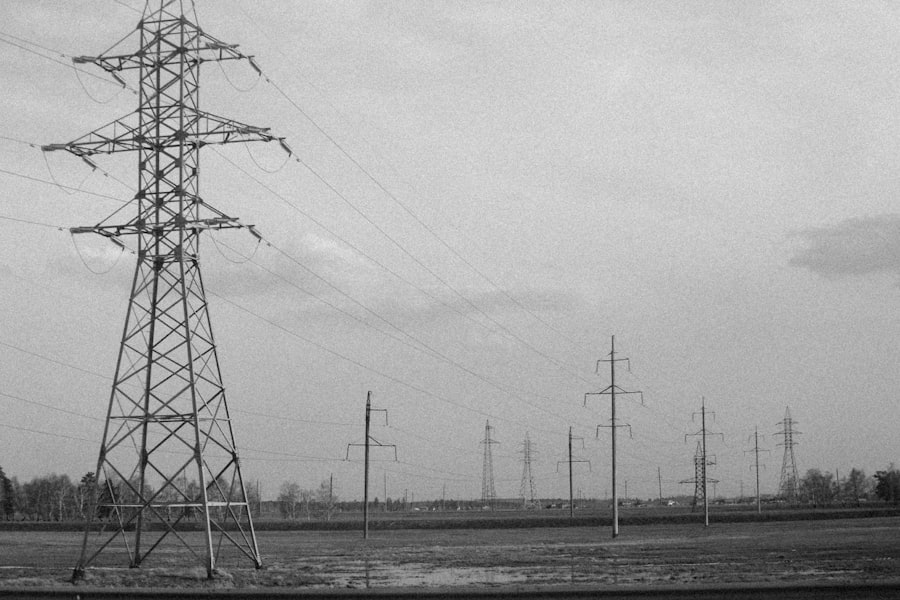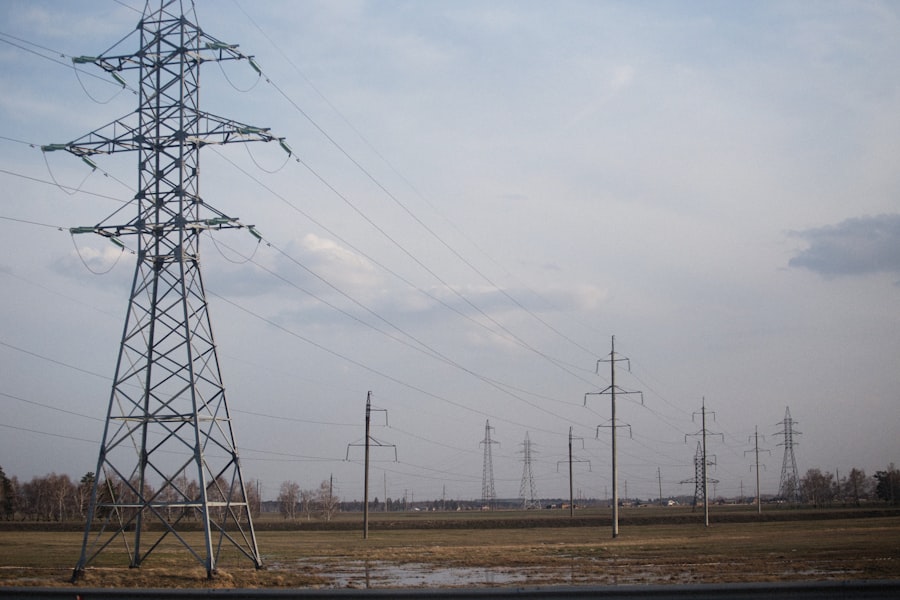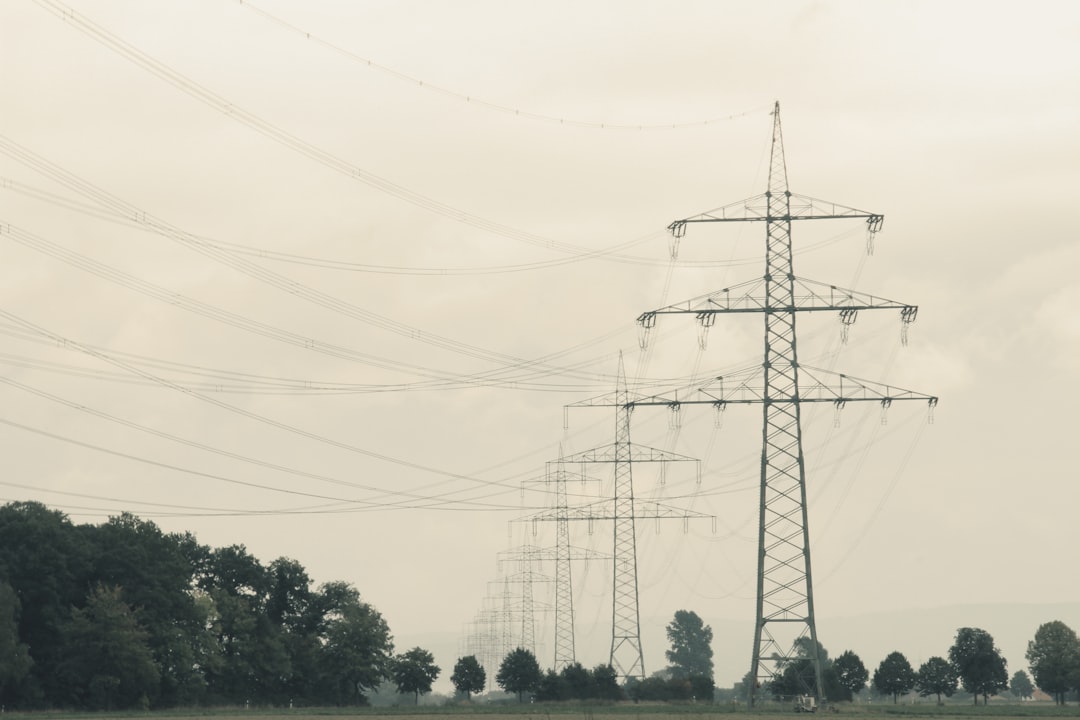Utility privatization refers to the transfer of ownership and management of public utilities—such as water, electricity, and gas—from government entities to private companies. This shift has been a topic of considerable debate, with proponents arguing that privatization can lead to increased efficiency, innovation, and investment. However, critics contend that the move often prioritizes profit over public welfare, leading to a range of negative consequences for consumers and communities.
The trend toward privatization has gained momentum in various parts of the world, driven by the belief that the private sector can deliver services more effectively than the public sector. The rationale behind utility privatization is often rooted in the desire to reduce government spending and improve service delivery. Advocates assert that private companies, motivated by profit, are more likely to streamline operations and invest in new technologies.
However, this perspective overlooks the complexities of public utilities, which are inherently tied to social equity and public health. As such, the implications of privatization extend far beyond mere financial considerations, affecting the very fabric of communities that rely on these essential services.
Key Takeaways
- Utility privatization often leads to higher consumer prices and reduced service quality.
- Privatization can result in job losses, wage reductions, and diminished accountability.
- Environmental impacts and infrastructure neglect are common concerns with privatized utilities.
- Lack of public input and transparency increases risks of monopolization and regulatory challenges.
- Exploring alternatives to privatization can help maintain public control and service standards.
Impact on Consumer Prices
One of the most immediate effects of utility privatization is its impact on consumer prices. In many cases, privatized utilities have raised rates significantly, citing the need for profit margins and investment in infrastructure. This increase can place a heavy burden on households, particularly those in lower-income brackets who may already be struggling to make ends meet.
Moreover, the lack of competition in many utility markets can exacerbate price increases. When a single private entity controls a vital service, it can set prices without fear of losing customers to competitors.
This monopolistic behavior can lead to inflated rates that do not reflect the actual cost of service delivery. As a result, consumers may find themselves trapped in a cycle of rising costs with little recourse to challenge or change their situation.
Reduction in Service Quality

In addition to rising prices, utility privatization can lead to a noticeable decline in service quality. Private companies often prioritize profit over service delivery, which can result in reduced maintenance and investment in infrastructure. This neglect can manifest in various ways, including longer response times for outages, decreased reliability of services, and inadequate customer support.
For consumers who depend on these utilities for their daily needs, such declines can have serious repercussions. Furthermore, the focus on short-term profits can stifle innovation and improvements in service quality. Public utilities are typically held to higher standards regarding service provision and community engagement.
In contrast, private companies may cut corners to maximize profits, leading to a deterioration in the overall quality of services provided. This shift can create a disconnect between the utility providers and the communities they serve, ultimately undermining public trust and satisfaction.
Loss of Accountability
| Metric | Description | Example Value | Impact |
|---|---|---|---|
| Number of Unresolved Issues | Count of tasks or problems without assigned responsibility | 15 | Delays in project completion |
| Response Time to Incidents | Average time taken to address reported issues | 72 hours | Increased downtime and customer dissatisfaction |
| Percentage of Tasks Without Owner | Proportion of tasks lacking a designated accountable person | 25% | Reduced team efficiency |
| Employee Accountability Rating | Survey-based score measuring perceived accountability | 3.2 / 5 | Lower morale and trust within teams |
| Compliance Violation Incidents | Number of breaches due to unclear responsibility | 4 | Legal and regulatory risks |
Another significant concern surrounding utility privatization is the loss of accountability that often accompanies the transition from public to private management. Public utilities are typically subject to government oversight and regulations designed to protect consumer interests. When these services are privatized, accountability mechanisms may weaken or disappear altogether.
This lack of oversight can lead to practices that prioritize profit over public welfare, resulting in decisions that may not align with community needs. The diminished accountability can also create challenges for consumers seeking recourse for poor service or unfair pricing practices.
However, when utilities are privatized, these channels may become less accessible or effective. As a result, consumers may feel powerless in the face of corporate decisions that directly impact their lives.
Job Losses and Reduced Wages
The transition to privatized utilities frequently results in job losses and reduced wages for workers in the sector. As private companies seek to maximize profits, they may implement cost-cutting measures that include layoffs or wage reductions for employees. This trend not only affects those directly employed by the utilities but also has broader implications for local economies that rely on stable employment opportunities.
Moreover, the shift from public to private management can lead to a decline in job security and benefits for workers. Public sector jobs often come with protections and benefits that are not guaranteed in the private sector. As a result, employees may find themselves facing uncertain futures as their jobs become increasingly precarious.
This erosion of job quality can have ripple effects throughout communities, contributing to economic instability and reduced consumer spending.
Environmental Consequences

Utility privatization can also have significant environmental consequences that are often overlooked in discussions about efficiency and profitability. Private companies may prioritize short-term financial gains over long-term sustainability, leading to practices that harm the environment. For instance, cost-cutting measures might result in inadequate investment in renewable energy sources or pollution control technologies.
Additionally, privatized utilities may be less inclined to engage in environmentally responsible practices if they do not see an immediate financial benefit. This lack of commitment to sustainability can exacerbate issues such as climate change and resource depletion, ultimately impacting public health and safety. Communities that rely on these utilities may find themselves facing increased environmental risks as a result of corporate decisions driven by profit motives rather than ecological considerations.
Lack of Public Input and Transparency
The process of utility privatization often occurs with limited public input and transparency, raising concerns about democratic governance and community engagement. Decisions regarding essential services should ideally involve stakeholders at all levels, including consumers who will be directly affected by changes in management and operations. However, privatization processes frequently take place behind closed doors, with little opportunity for public scrutiny or participation.
This lack of transparency can lead to decisions that do not reflect the needs or desires of the community. When private companies take over public utilities, they may prioritize their interests over those of consumers, resulting in policies that are misaligned with community values. The absence of public input can also foster distrust between utility providers and consumers, further complicating efforts to build effective partnerships for service delivery.
Infrastructure Neglect
Infrastructure neglect is another critical issue associated with utility privatization. Public utilities are often required to maintain certain standards regarding infrastructure investment and maintenance; however, private companies may not feel the same obligation once they take over these services. The drive for profit can lead to deferred maintenance and underinvestment in critical infrastructure projects.
As a result, aging infrastructure may go unaddressed, leading to increased risks of service disruptions and failures. For consumers who rely on consistent access to utilities like water and electricity, this neglect can have dire consequences. Moreover, when infrastructure is not adequately maintained or upgraded, it can lead to safety hazards and environmental degradation that affect entire communities.
Risk of Monopolization
The risk of monopolization is a significant concern in discussions about utility privatization. When essential services are controlled by a single private entity, consumers may find themselves with limited choices and no alternatives if they are dissatisfied with service quality or pricing. This monopolistic environment can stifle competition and innovation while allowing companies to exert undue influence over pricing and service delivery.
In many cases, privatized utilities operate within regulatory frameworks designed to prevent monopolistic behavior; however, these regulations may not be sufficient to protect consumer interests effectively. The concentration of power within a single company can lead to abuses that harm consumers while limiting their ability to seek redress or change providers. As such, the risk of monopolization poses a significant threat to fair market practices within essential utility sectors.
Legal and Regulatory Challenges
The legal and regulatory landscape surrounding utility privatization is complex and fraught with challenges. As private companies take over public utilities, they often encounter a patchwork of regulations that vary by jurisdiction. Navigating these legal frameworks can be cumbersome for both utility providers and consumers alike.
Moreover, disputes between private companies and regulatory bodies can arise over issues such as pricing structures or service standards. These conflicts can lead to protracted legal battles that divert attention from addressing consumer needs or improving service quality. The resulting uncertainty can create an unstable environment for both utility providers and consumers, further complicating efforts to ensure reliable access to essential services.
Alternatives to Utility Privatization
Given the myriad challenges associated with utility privatization, exploring alternatives becomes essential for ensuring equitable access to essential services. One potential solution is the reinvigoration of public utilities through increased investment and modernization efforts. By prioritizing community engagement and transparency within public frameworks, governments can work toward improving service delivery while maintaining accountability.
Another alternative involves fostering cooperative models where communities have a stake in their utility services. These cooperatives can empower consumers by giving them a voice in decision-making processes while promoting sustainable practices that align with community values. By exploring these alternatives, stakeholders can work toward creating utility systems that prioritize public welfare over profit motives while ensuring reliable access to essential services for all citizens.
Utility privatization has become a contentious issue, with many communities grappling with the implications of transferring public services to private entities. A related article that delves into the real costs associated with this shift can be found at this link. It explores the financial, social, and environmental impacts of privatizing essential services, providing valuable insights for those considering the long-term effects on their communities.
WATCH THIS! The Debt Trap: Why Private Equity Wants Your Power Company
FAQs
What is utility privatization?
Utility privatization refers to the transfer of ownership and management of public utility services, such as water, electricity, and gas, from government entities to private companies.
Why do governments consider privatizing utilities?
Governments may consider privatization to improve efficiency, reduce public sector debt, attract private investment, and enhance service quality through competition.
What are the potential benefits of utility privatization?
Potential benefits include increased operational efficiency, access to private capital, improved customer service, and innovation driven by competitive pressures.
What are the common risks or costs associated with utility privatization?
Risks include higher consumer prices, reduced service quality, loss of public control, job losses, and potential neglect of low-income or rural customers.
How does privatization affect utility rates for consumers?
Privatization can lead to increased rates as private companies seek to generate profits, though outcomes vary depending on regulation and market conditions.
What role does government regulation play after privatization?
Regulation is critical to ensure private utilities provide reliable services at fair prices, prevent monopolistic practices, and protect consumer interests.
Are there examples of successful utility privatization?
Yes, some countries and regions have seen improvements in efficiency and service quality post-privatization, but success depends on strong regulatory frameworks and market conditions.
Can privatization impact service accessibility?
Yes, privatization may lead to reduced service accessibility in less profitable areas unless regulations mandate universal service obligations.
What is the impact of privatization on public accountability?
Privatization can reduce transparency and public accountability since private companies are not subject to the same disclosure requirements as public entities.
How can communities influence decisions about utility privatization?
Communities can participate through public consultations, advocacy, voting on referendums, and engaging with policymakers to express concerns and preferences.
